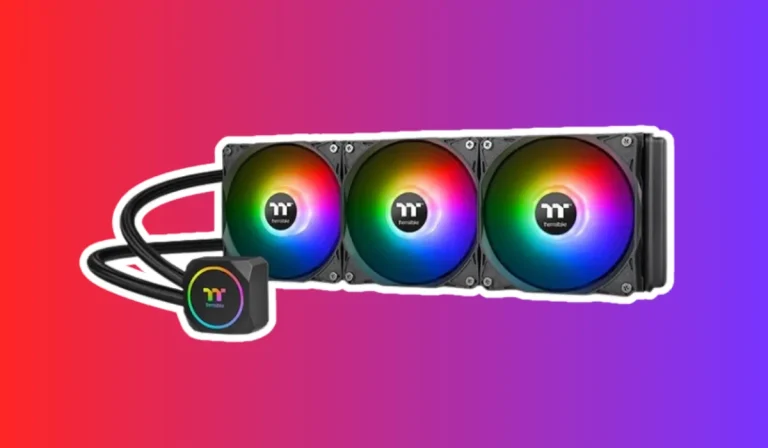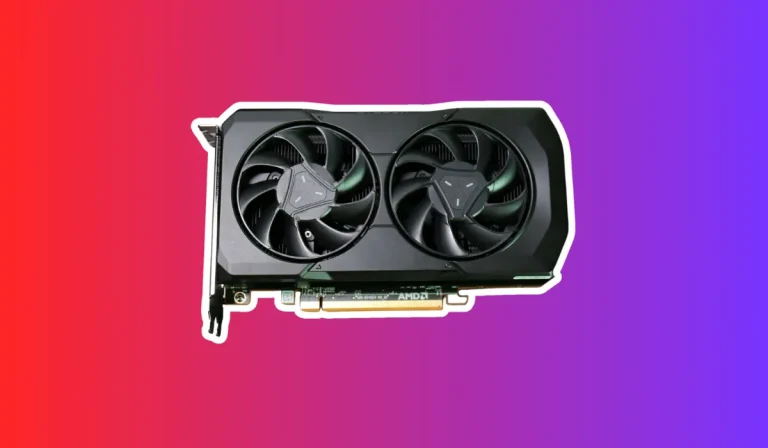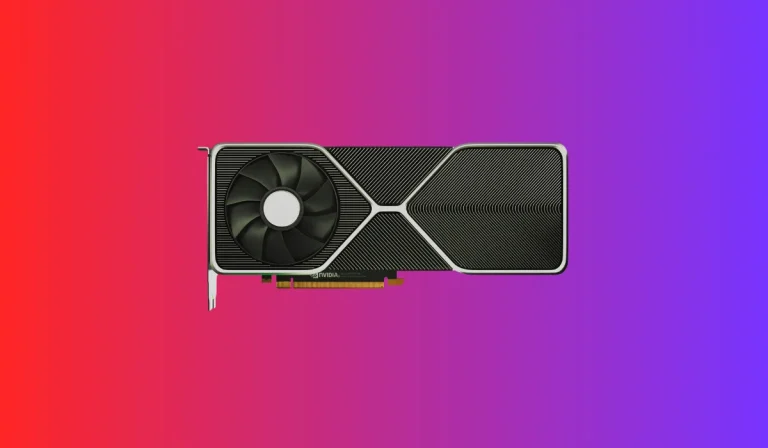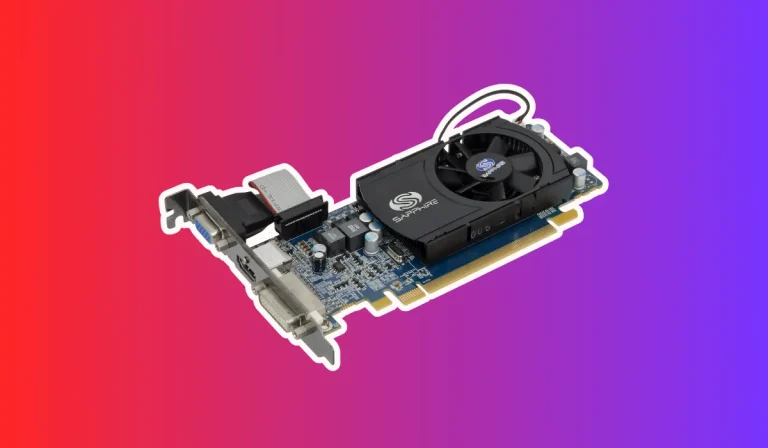How do I update a GPU that doesn’t show in a device manager?
Are you experiencing issues with your computer’s GPU not showing up in the Device Manager? Don’t worry; you’re not alone. Your GPU plays a crucial role in your computer’s performance, but sometimes it can mysteriously disappear. We will explore the common causes and provide step-by-step solutions to get your GPU back on track.
Understanding the Possible Causes
Outdated or Missing Drivers
One of the primary reasons for a GPU not appearing in the Device Manager is outdated or missing drivers. Drivers act as a bridge between the GPU and the operating system, enabling them to communicate effectively. If the drivers are outdated or missing, the GPU may not be recognized by the system.
To resolve this, it is crucial to check and update the GPU drivers to the latest version from the manufacturer’s official website.
Faulty Hardware Connections
Another possible cause is faulty hardware connections. A loose cable or an improperly seated GPU can result in it not being detected by the Device Manager. Make sure all connections, including power cables and PCIe connections, are secure.
If necessary, carefully reseat the GPU in the PCIe slot and ensure it is properly aligned.
BIOS Settings
The BIOS (Basic Input/Output System) settings can sometimes cause the GPU to not show up in the Device Manager. Incorrect settings related to PCIe slots or integrated graphics can prevent the GPU from being recognized. Accessing the BIOS and checking the settings related to graphics cards can help resolve this issue.
Ensure that the PCIe slots are set to the appropriate mode and that any conflicting integrated graphics options are disabled.
Checking and Reinstalling Drivers
Check GPU Drivers
Start by checking if the GPU drivers are installed correctly. Open the Device Manager by right-clicking on the Start menu and selecting “Device Manager.” Look for the “Display adapters” category and expand it.
If you see a generic display adapter or a yellow exclamation mark next to your GPU, it indicates an issue with the drivers.
Download Latest Drivers
Visit the official website of your GPU manufacturer and locate the drivers section. Enter the model of your GPU and download the latest drivers compatible with your operating system. It is crucial to download drivers from the official website to ensure authenticity and compatibility.
Uninstall and Reinstall Drivers
Once you have downloaded the latest drivers, uninstall the existing drivers from your system. Right-click on your GPU in the Device Manager and select “Uninstall device.” Check the box that says “Delete the driver software for this device” and click “Uninstall.” Restart your computer.
BIOS Settings and Compatibility
Access the BIOS
Restart your computer and as it boots up, look for a key to access the BIOS. It is usually displayed on the screen during the boot process. Common keys include Del, F2, or F10. Press the designated key repeatedly until the BIOS menu appears.
Locate Graphics Settings
Navigate through the BIOS menu to find the section related to graphics settings. It may be labeled as “Advanced,” “Integrated Peripherals,” or similar. Look for options related to PCIe slots or integrated graphics.
Configure PCIe Settings
Ensure that the PCIe slots are configured correctly. If you have multiple PCIe slots, make sure the slot containing your GPU is set as the primary graphics device. This setting may be named “Primary Graphics Adapter” or similar. Select the appropriate option and save the changes.
Disable Integrated Graphics
If your motherboard has integrated graphics, there might be a conflict between the integrated and dedicated graphics. Locate the option to disable integrated graphics, usually labeled as “Integrated Graphics” or “Onboard Graphics.” Disable this option to avoid any conflicts.
FAQ’s
1. Why is my GPU not showing up in the Device Manager?
There can be several reasons for this issue, such as outdated drivers, faulty hardware connections, or incorrect BIOS settings.
2. How do I check if my GPU drivers are outdated?
Open the Device Manager, expand the “Display adapters” category, and look for a generic display adapter or a yellow exclamation mark next to your GPU.
3. How can I update my GPU drivers?
Visit the official website of your GPU manufacturer, download the latest drivers compatible with your operating system, uninstall the existing drivers, and install the new ones following the provided instructions.
4. What should I do if updating drivers doesn’t solve the issue?
If updating drivers doesn’t work, check your hardware connections to ensure they are secure. Additionally, verify and adjust the BIOS settings related to graphics to ensure compatibility.
5. Is it necessary to access the BIOS to fix the GPU not showing the issue?
In some cases, adjusting the BIOS settings may be necessary to resolve the issue. However, it is recommended to proceed with caution and only make changes if you are familiar with the BIOS interface and its settings.
Conclusion
Ensuring that your GPU is recognized by the Device Manager is crucial for optimal performance. By following the troubleshooting steps discussed in this article, you can address common issues related to GPU recognition.
Remember to check and update your GPU drivers regularly, as outdated drivers can lead to compatibility problems. By taking these steps, you can ensure that your GPU functions smoothly and efficiently.




